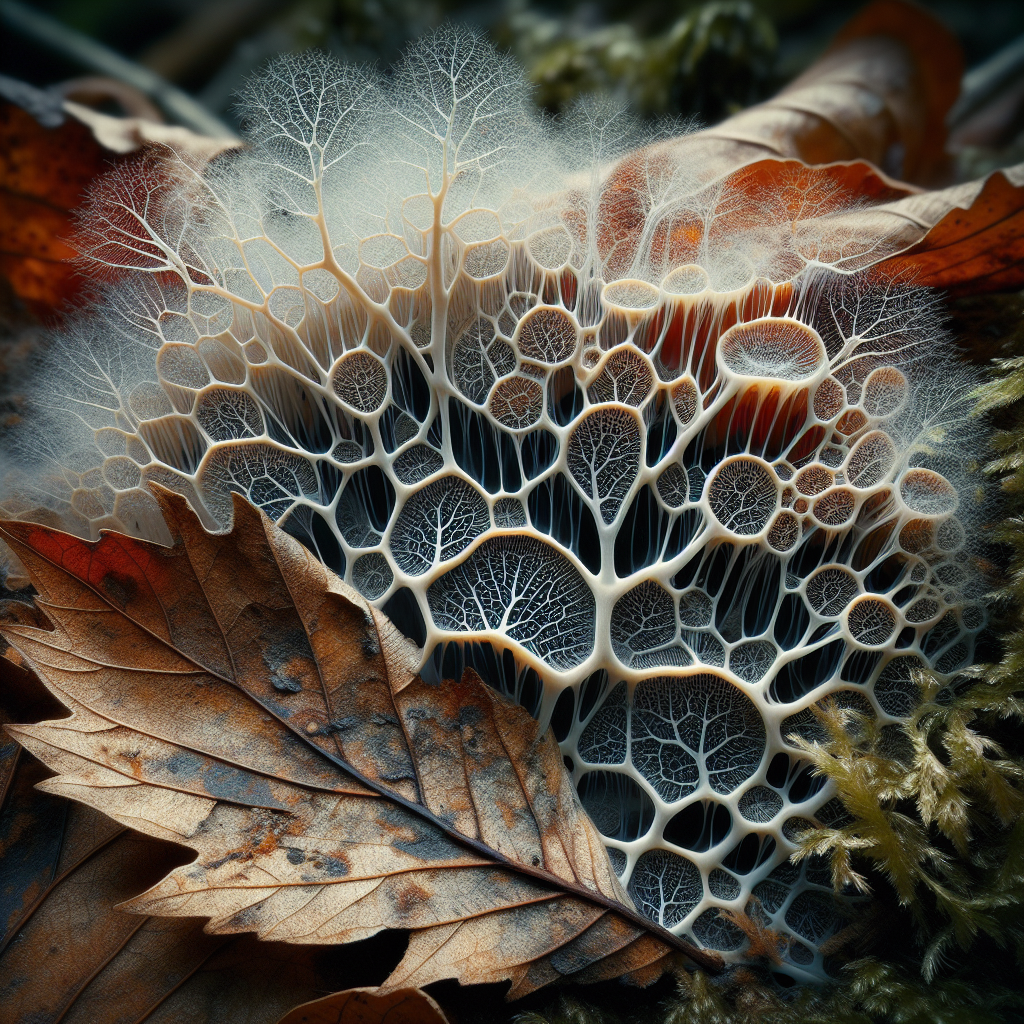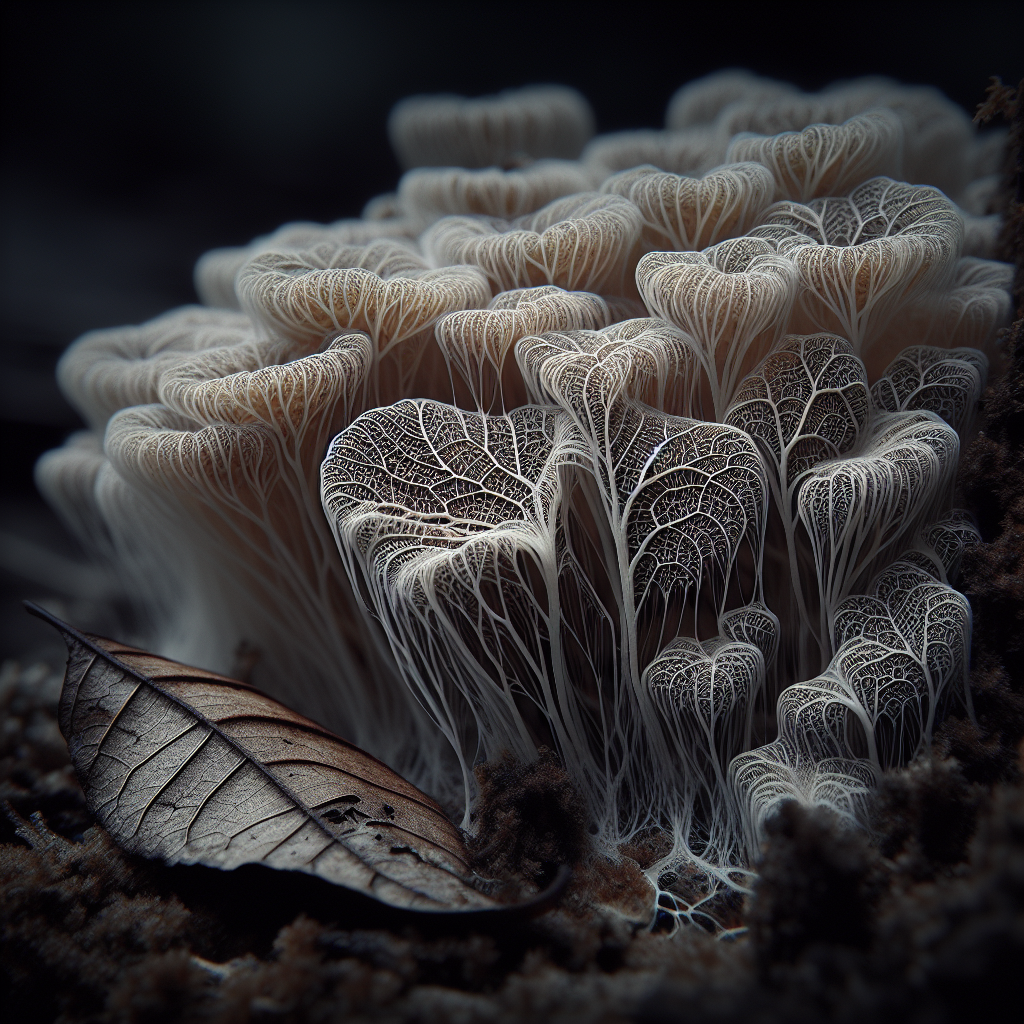In this article, “Understanding the Lifespan: How Long Does Mycelium Last,” you will gain insight into the endurance and functional vitality of mycelium, a vital element in the life cycle of mushrooms. It discusses the factors influencing the lifespan of mycelium, the conditions that prolong their existence, and their role in maintaining a healthy ecosystem. The objective is to provide you with a comprehensive understanding of the significant factors that determine the lifespan and viability of mycelium, and it’s essential contribution to biodiversity.
Understanding What Mycelium Is
Mycelium is a fascinating entity, intrinsic to the lifecycle of fungi, which is often overlooked due to its hidden existence below the surface of the ground or within decaying organic matter. It forms an integral part of the ecological balance as it assists in the decomposition of organic matter and nutrient recycling.
Definition of Mycelium
Mycelium refers to the mass of thread-like structures, also known as hyphae, which is a critical component of a fungus. These hyphae are typically minuscule, and it takes a massive number of them to form the mycelium network. Essentially, the mycelium is the underground (or within-host) network that allows a fungus to absorb nutrients and water from its surrounding environment.
Issues Related to Misidentification or Misunderstanding of Mycelium
Misidentification or misunderstanding of mycelium can lead to several problems. For instance, it may be mistaken for mold or mildew, leading to hasty and inappropriate treatment. Misunderstanding what mycelium is can also hinder its beneficial use in various applications such as mycoremediation, where it is used to decontaminate the environment, or in sustainable building materials.
Lifecycle of Mycelium
A complete understanding of the complex lifecycle of mycelium can contribute significantly to appreciating its role in ecosystem health and biodiversity further.
Cycle Start: Mycelium Growth from Spores
The Mycelium lifecycle starts with spore germination. Once the spores land on a suitable substrate containing necessary nutrients, they start germinating into hyphae. These hyphae then continue to grow and expand, forming the mycelium network.
Mycelium Spread and Network Formation
As conditions allow, the mycelium network spreads by extending its hyphae. It can even merge with other compatible mycelium networks to form an even larger network. This extension allows the mycelium to reach new nutrient sources and increase its overall nutrient absorption.
Fruiting Body Formulation and Spore Release
When environmental conditions are favorable, and as nutrients become scarce, the mycelium forms fruiting bodies, commonly known as mushrooms or toadstools. These fruiting bodies house spores that, upon maturation, are released into the surrounding environment, thus completing the lifecycle.

Factors Affecting the Lifespan of Mycelium
The lifespan of the mycelium is influenced by numerous factors, including environmental conditions and available nutrient sources.
Environmental Conditions
Mycelium thrives best in damp, warm environments. However, it can survive in less-than-ideal conditions, enter a dormant phase, and revive when conditions improve.
Availability of Nutrient Sources
Mycelium relies on organic matter to obtain nutrients necessary for its growth and reproduction. Thus, the availability and quality of this organic matter substantially impact the viability and lifespan of the mycelium.
Competition and Predation from Other Organisms
Mycelium faces competition from other organisms in the same habitat for resources. Additionally, it is prey to numerous microorganisms, which can impact its survival and lifespan.
Deciding the Lifespan of Mycelium
Given the right conditions, a mycelium network can persist for many years, growing and expanding. However, determining the exact lifespan can be challenging due to the dynamic, adaptable nature of mycelium.
Lifespan in Ideal Conditions
In ideal conditions, with sufficient nutrients and without predation, mycelium could theoretically live and grow indefinitely as it continues to accumulate biomass.
Determining The End of a Mycelium’s Lifespan
The end of a mycelium’s lifespan is typically set by exhaustion of nutrient sources, infiltration by a competing organism, or exposure to unfavorable environmental conditions.

The Resilience of Mycelium
Mycelium is known for its remarkable resilience, showcasing a potent ability to withstand adverse conditions.
Ability to Withstand Harsh Conditions
Mycelium is capable of surviving in a wide range of temperatures, a variety of substrates, and even in low-nutrient conditions. It can also go dormant when conditions become unfavorable and revive when conditions improve.
Dormancy and Regeneration of Mycelium
In a state of dormancy, mycelium can survive unfavorable conditions for a considerable period. With the return of suitable conditions, the dormant mycelium reactivates, growing and spreading once again.
The Role of Mycelium in Ecosystem
Mycelium plays a crucial role in the ecosystem, contributing significantly to soil health, nutrient cycling, and support to plant life.
Fostering Biodiversity and Soil Health
The vast mycelium networks help create rich, well-structured soils, fostering biodiversity by creating conducive environments for numerous organisms.
Contribution to Nutrient Cycles
Through the decomposition of organic matter, mycelium helps return vital nutrients back into the soil, thus playing an integral role in nutrient cycling.
Role in Support of Plant Life
Mycelium acts in symbiosis with many plants, aiding in nutrient and water uptake, which significantly benefits plant health and growth.
Diseases and Threats to Mycelium
Like any living organism, mycelium faces numerous threats, including diseases, pesticides, and climate change.
Common Mycelial Diseases
Mycelium is susceptible to various diseases caused by viruses, bacteria, and other fungi, which can lead to decay or a complete collapse of the mycelium network.
Potential Threats from Pesticides or Chemicals
The use of pesticides or chemicals can pose potential threats to mycelium, possibly leading to weakened growth or increased susceptibility to diseases.
Impact of Climate Change on Mycelium
Climate change, with its extreme weather conditions and altered precipitation patterns, can affect the growth and survival of mycelium, ultimately disturbing the delicate ecological balance it maintains.
The Applications and Uses of Mycelium
Mycelium holds promising potential in various fields, including environmental remediation, sustainable construction, and waste management.
Use in Mycoremediation
mycelium’s ability to break down complex pollutants, including harmful chemicals and plastics, provides promising solutions for environmental remediation, known as mycoremediation.
Potential in Sustainable Building Materials
Mycelium has demonstrated potential in creating sustainable building materials, contributing to the development of less environmentally harmful construction methods.
Use in Composting and Waste Management
Mycelium can play a significant role in composting and waste management, facilitating faster decomposition of organic waste and transformation into nutrient-rich compost.
Raising and Cultivating Mycelium
Cultivating mycelium requires an understanding of its growth conditions and the challenges that may arise during the cultivation process.
Necessary Conditions for Mycelium Growth
For successful growth, mycelium requires a damp, warm environment, along with a nutrient-rich substrate. In the absence of these conditions, growth might be hindered.
Common Mycelium Cultivation Challenges
Despite optimal growth conditions, several challenges may arise, including competition from other organisms, diseases, and variations in environmental conditions leading to growth suppression.
Strategies for Prolonging Mycelium Lifespan in Cultivation
Effective strategies for prolonging mycelium lifespan in cultivation include providing adequate nutrition, maintaining optimal growth conditions, and mitigating the risks of diseases and competition.
Conclusion: Appreciating and Utilizing Mycelium
Given their significant contributions to ecosystem health and emerging applications in numerous fields, it is crucial to understand and appreciate mycelium further.
Understanding The Potential Benefits of Mycelium
Mycelium holds immense potential, from decontaminating our environment to creating sustainable materials. Furthermore, it plays a crucial role in supporting diverse life forms by contributing to the health and fertility of soils.
Next Steps and Further Research in Mycelium Science
Continued research in this field is necessary to unlock further potential benefits of mycelium, manage threats more effectively, and refine cultivation for various applications. An understanding of mycelium opens up a world of possibilities – offering a glimpse into a sustainable, diverse, and truly natural way of engaging with our environment.
